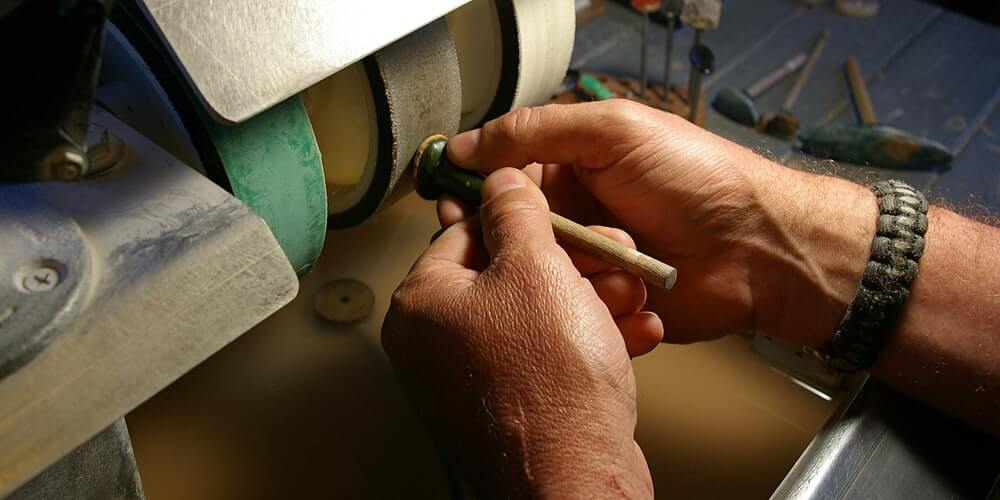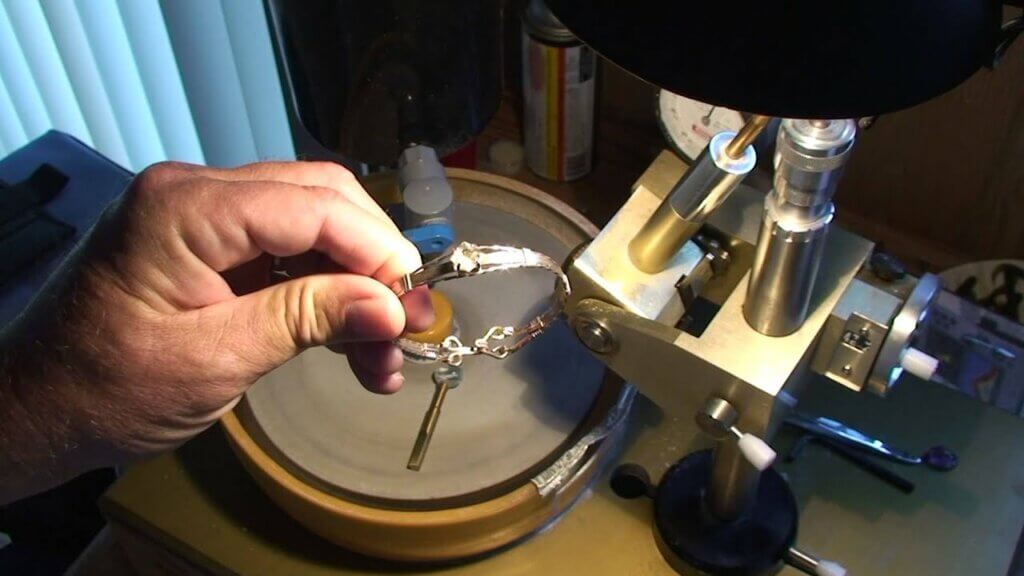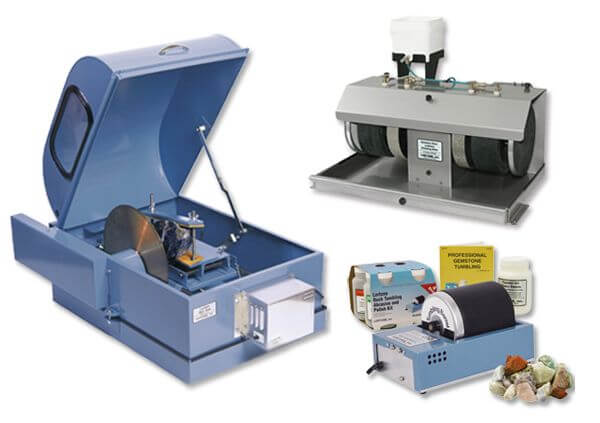
If you’re new to the jewelry-making crowd, you may have come across the term – but what is lapidary? Putting it simply, lapidary is the art of working with gemstones. There are many different ways lapidarist work, but one of the most rewarding ways is to make jewelry with gemstones. Learn more about the 3 Different Arts and Techniques of Lapidary.
Either as a pendant or as a setting in a ring or bracelet, there are a variety of different ways you can incorporate lapidary work into your projects. Find out more about the various techniques and lapidary tools below.
Different Arts and Techniques of Lapidary in Jewelry Making
There are the 3 Different Arts and Techniques of Lapidary. The main three are tumbling, cutting, and faceting. To help you understand what each means, we’ll talk you through the processes involved and the outcome of each technique.
1. Tumbling

If you are just starting, this technique could be for you. Requiring the least equipment and minimal effort, tumbling is a great place to begin your lapidary journey.
Place any rough gemstones you have into a tumbling machine, use for the required amount of time, and your gemstones will emerge polished.
So remember to keep an eye out for any gemstones the next time you’re at the coast – as these can make beautiful jewelry pieces!
Top Tip: Make sure you check whether or not the stones you’re working with are suitable for tumbling as some softer stones could be scratched or damaged by the tumbling process.
2. Cabochon Cutting

Also known as ‘cabbing,’ cabochon cutting is one of the most common forms of lapidary art. Taking slightly longer to master, this technique enhances and displays the natural pattern that may otherwise be hidden. Cabochon cutting is usually used on softer stones where faceting wouldn’t be suitable.
3. Faceting

And the last in our lapidary techniques list is faceting. If you haven’t heard of this before, faceting is where a gem has several flat surfaces, or facets, to reflect the light entering the stone.
Most jewelry makers use a faceting machine to create this effect. Commonly used on diamonds in wedding and engagement rings, faceting is one of the most profitable lapidary techniques among the 3 Different Arts and Techniques of Lapidary.
Lapidary Tools and Equipment

Interested in giving one or more of these techniques a go? You’ll need to pick up a few key pieces of equipment first. The basic lapidary supplies for beginners include:
- Gemstones or rock slabs. Depending on whether you want to start from scratch or not.
- Burnishing powder. To give your stones that extra shine once they’ve been polished.
- Silicon carbide. Silicon carbide is great for making your stones super smooth and free from coarse scratches in a similar way.
- Safety glasses. If you’re sawing any of your rock slabs or cutting gemstones, always remember to wear safety glasses.
- A trim saw, or slab saw. For smaller rock slabs, use a trim saw, and a slab saw for larger pieces.
- A colander. If you’re planning on tumbling your stones, you’ll need a colander to rinse them through once the process is complete.
Now we’ve answered your questions on ‘what is lapidary?’, the different arts, and all the lapidary supplies for beginners; now you’re ready to give it a go yourself. 3 Different Arts and Techniques of Lapidary
P.S. Royi Sal Jewelry, as a decades-long leader in silver jewelry design and manufacturing, invites you to download our latest magazine here and profit from the exceptional jewelry designs at affordable prices you will find in the magazine. Click here to download it now.
Share this post

